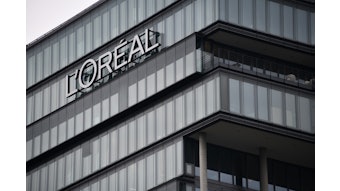
Washington state Gov. Jay Inslee has signed into law a bill that targets what it characterizes as "harmful" chemicals in cosmetics, particularly formulations intended for use by vulnerable populations (more on that below). The legislation follows recent negative reports about materials such as PFAS and formaldehyde, including a 2022 NIH study that noted, "Women who used chemical hair straightening products were at higher risk for uterine cancer compared to women who did not report using these products."
These concerns have most often impacted Black women in particular, but could conceivably also impact any person with textured hair.
As of January 1, 2025, the law prevents the manufacture, sale and distribution of products containing the targeted materials (detailed below). Local retailers in possession of such products on the date of the law's implementation have 1 year to sell through their stock.
As defined by Washington state, a vulnerable person is characterized as follows:
(14)(a) "Vulnerable populations" means population groups that are more likely to be at higher risk for poor health outcomes in response to environmental harms, due to: (i) Adverse socioeconomic factors, such as unemployment, high housing and transportation costs relative to income, limited access to nutritious food and adequate health care, linguistic isolation, and other factors that negatively affect health outcomes and increase vulnerability to the effects of environmental harms; and (ii) sensitivity factors, such as low birth weight and higher rates of hospitalization. (b) "Vulnerable populations" includes, but is not limited to: (i) Racial or ethnic minorities; (ii) Low-income populations; (iii) Populations disproportionately impacted by environmental harms; and (iv) Populations of workers experiencing environmental harms.
Ingredients targeted include:
- ortho-phthalates (esters of ortho-phthalic acid)
- perfluoroalkyl and polyfluoroalkyl substances
- formaldehyde
- methylene glycol
- mercury and mercury compounds
- triclosan
- m-phenylenediamine and its salts
- o-phenylenediamine and its salts










